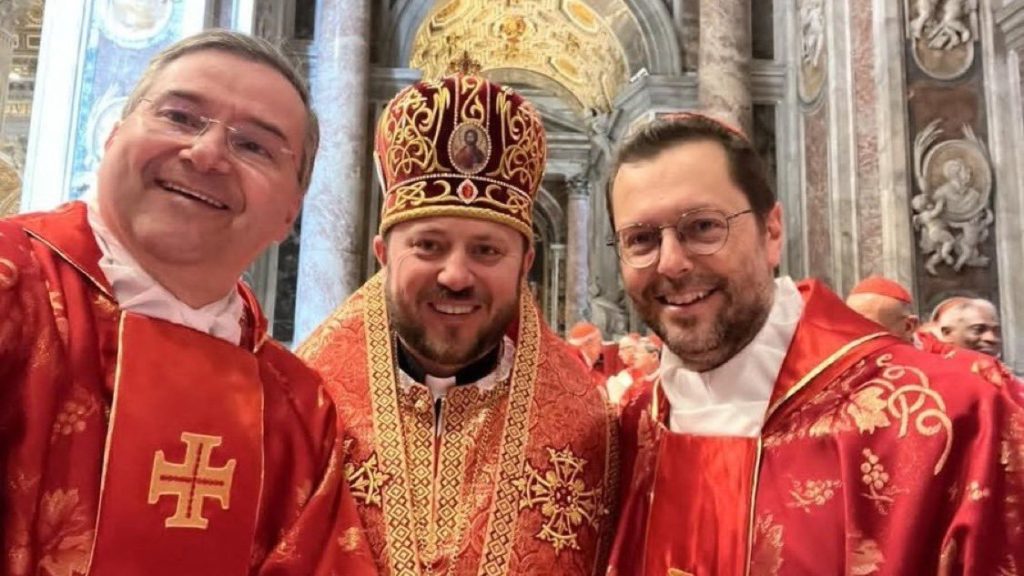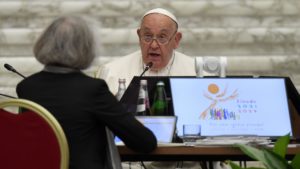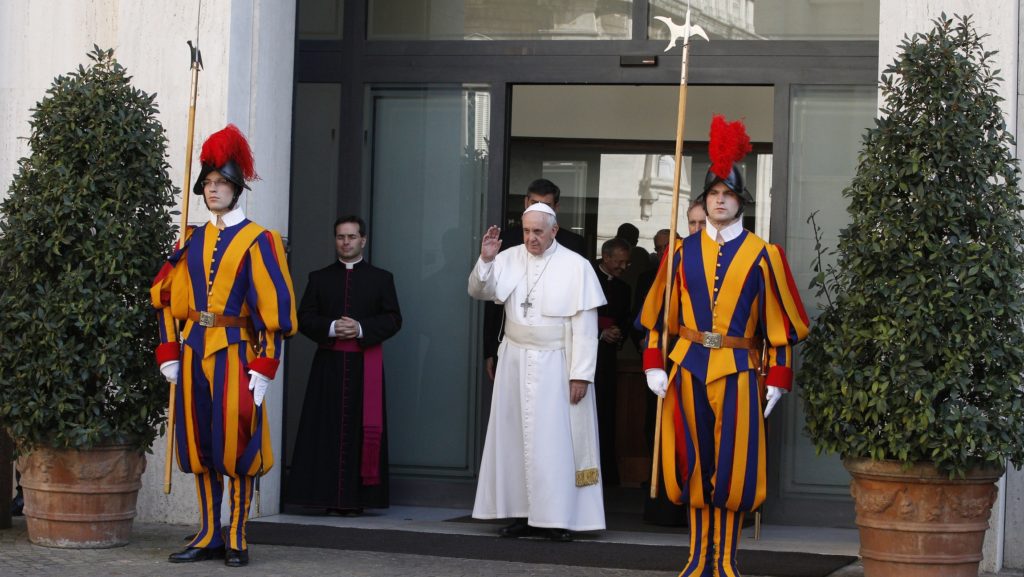ROME – Like every one of his 265 predecessors, Pope Francis brought his own unique style to the Throne of Peter, reflected in everything from personal quirks and preferences to his approach to governance.
Naturally, speculation about who will succeed him, and what might change when a new pope is elected, has been the talk of Rome since Francis’ death on April 21. To that end, here are five trademark preferences and habits that became a part of Francis’ legacy, but could potentially change when his successor eventually steps in.
Living at Santa Marta
One of Pope Francis’s first and most visible system shakeups was his decision to live in the Vatican’s Santa Marta guesthouse, essentially a hotel for visiting clerics and other dignitaries, rather than the papal apartment of the Apostolic Palace.
Elected on a reform mandate, Francis said he’d made this decision because he felt isolated in the papal apartment and wanted to be closer to the people.
This decision in the early days of his pontificate was described by one of his aides as the beginning of his reform. In many ways, it set the tone for the ways he would go on to break convention, promote simplicity, and work around the system rather than through it.
It is entirely possible that the next pope will feel differently, as living in what is basically a hotel room is unusual, and whoever Francis’s successor could be inclined to return if not to tradition, then at least to a proper apartment.
Papal Attire
Pope Francis broke new ground by deciding not to wear the traditional red shoes associated with the papacy, or the papal mozzetta, a small elbow-length ceremonial red cape, and an ornate red stole.
While Benedict XVI was often seen wearing these accessories during ceremonies and significant liturgies, other popes of the past, including Saint Pope John Paul II, frequently preferred not to.
Francis’s own personal style was simple: he wore his white papal cassock and mozzetta, and simple black shoes, carrying a plain black briefcase with him when he traveled.
It is possible that Francis’s successor will choose to don the specialty papal attire once again, depending on his personal preference.

Bypassing cardinalate sees
Starting the moment he told faithful the night of the election that his brother cardinals had gone “to the ends of the world” to find him, Pope Francis became known for his preference for the “peripheries.”
When it came to picking new members of the College of Cardinals, the mentality led Francis to sometimes bypass so-called traditional “cardinalate sees,” usually large archdioceses of enough global importance to merit a red hat for its respective archbishop.
For example, despite the size and prominence of archdioceses such as Milan in Italy, Abuja in Nigeria, and Los Angeles in the U.S., he instead preferred to name cardinals from more obscure places that had never before had a cardinal, like Mongolia and Morelia, Mexico.
Applauded by some and criticized by others, the trend was an important feature of Francis’s global vision for the church – and one that could easily be abandoned by his successor.
Synodality
The concept of “synodality” was central to Francis’ vision of the church, one that is more open, more collaborative, and more representative of all of its members.
Though notoriously difficult to define, synodality generally refers to a collaborative and consultative approach to governance in which all members, clerical and lay, participate in making decisions about the Church’s life and mission.
The concept began to emerge more prominently during the 2018 Synod of Bishops on Young People, but was placed front and center during the 2021-2024 Synod of Bishops on Synodality. But Francis’ successor will have his own set of priorities, and synodality may or may not be one of them.

Women
A pope who spoke often about empowering women and giving them more space in the Church -- especially in meaningful governance and leadership roles – Francis named several women to top Vatican jobs, as well as to serve in the dicastery that vets bishop candidates from around the world.
Though he drew criticism from conservatives for his openness in discussing women’s priestly ordination and the female diaconate, he also took heat from progressives for refusing to lift the existing ban on women’s access to these ministries.
In the final months of his pontificate, he named two Italian religious sisters as heads of Vatican departments: Sister Simona Brambilla as prefect of the Dicastery for Religious, and Sister Raffaella Petrini as president of the Governorate of Vatican City State.
There’s been chatter about the pair already since Francis’s death: Brambilla got an accidental invitation to the cardinal meetings ahead of the conclave, while Petrini as a woman creates a perplexing scenario under the rules governing a conclave, Universi Dominici gregis, which states that certain decisions and tasks must be overseen by the cardinal secretariat of state and the cardinal president of the Vatican City State.
One litmus test for the success of Francis’s reforms will be how the system, and the new pope, handle the issue of women, and whether the appointments Francis made of women to top positions will be maintained.
There are countless other habits Francis had that could also change under a new pope, including his habit of frequently rotating priest secretaries (instead of sticking to one); his frequent publishing of new motu proprio, or legal norms in the church; his emphasis on outreach to Islam and his ecumenical efforts; and his tendency to govern around the Roman Curia, which he distrusted and tried to keep at arm’s length, rather than with or through it.
Another pope could also embody a much different communications style: Pope Francis knew how to use the media, and he did so often when he wanted to get a message out, rather than using his own in-house communications department.
A new pope could well approach these areas differently. But one thing is certain: after a pope of so many surprises, the world will be watching whatever – and whoever – comes next extra carefully.

